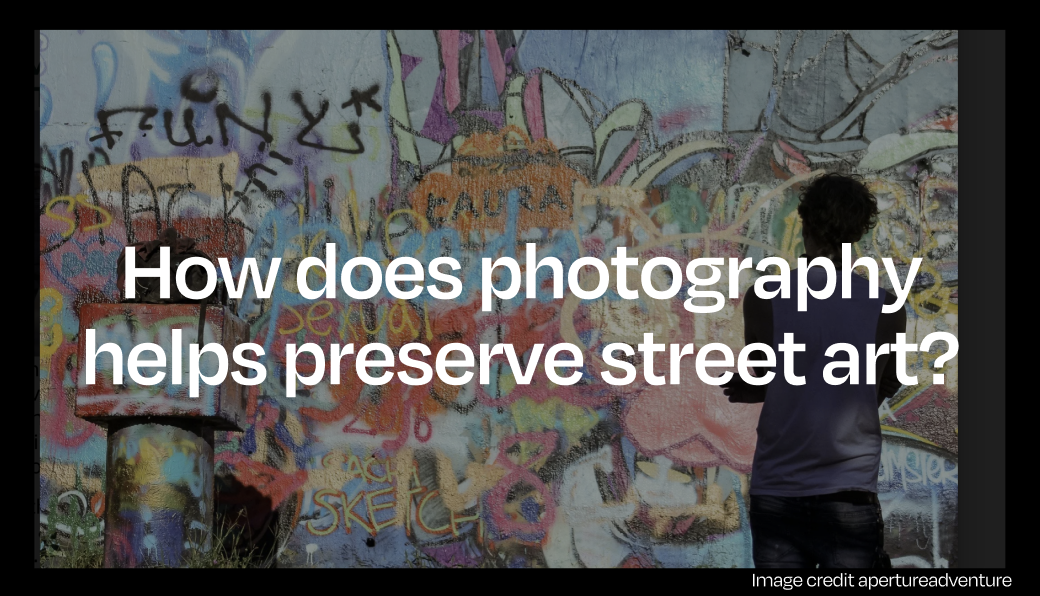
How does photography helps preserve street art?

Photography preserves street art in the ever-evolving landscape of urban creativity. From murals to stencils, these vibrant works often grace city walls only to fade away with time, weather, or the forces of urban development. However, the magic of photography is a powerful tool in the preservation of these masterpieces, immortalising them and allowing us to savour the essence of the streets long after the paint has dried.
The Fleeting Nature of Street Art
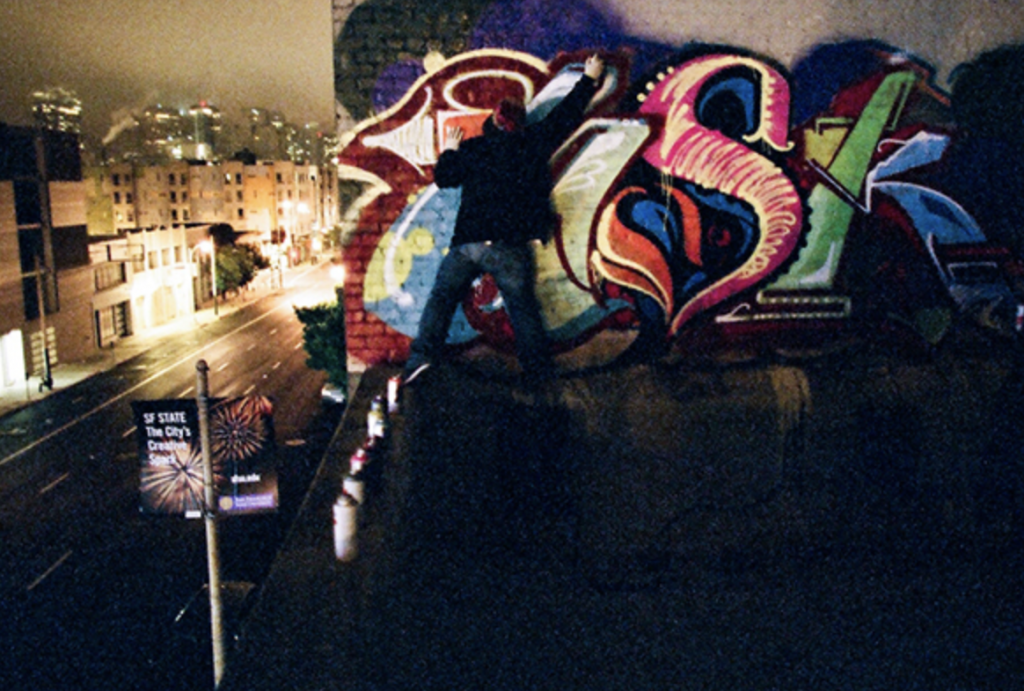
Street art, by its very nature, is transient. Artists take to the streets, armed with spray cans and creativity, to transform mundane surfaces into captivating pieces of public art. Yet, the ephemeral quality of these works is inherent – the constant exposure to the elements, human intervention, and the relentless march of time all contribute to their gradual decay.
The streets are a living canvas, ever-changing and evolving. What once stood as a powerful statement or a burst of colours can fade into obscurity, lost to the hustle and bustle of city life. This transience, though a defining characteristic of street art, also makes it vulnerable to disappearing without a trace.
Photography Preserves Street Art

Enter photography, the unsung hero of preserving the soul of the streets. In the realm of street art, a photograph is more than just an image; it’s a time capsule capturing the vitality, message, and essence of an artwork frozen in a particular moment. Photography preserves street art, each photograph telling a story and ensuring that the world doesn’t forget the beauty that once adorned the city’s walls.
Photography serves as a bridge between the transient nature of street art and the desire to immortalise it. Artists, photographers, and enthusiasts with cameras become the guardians of these fleeting creations, ensuring that the world doesn’t forget the beauty that once adorned the city’s walls.
Photography doesn’t merely freeze an image in time; it also documents the evolution and transformation of street art. A series of photographs can chronicle the life cycle of a mural, capturing its inception, growth, and eventual decay. This documentation becomes crucial in understanding the narrative behind the artwork, as well as the factors that contribute to its inevitable transformation.
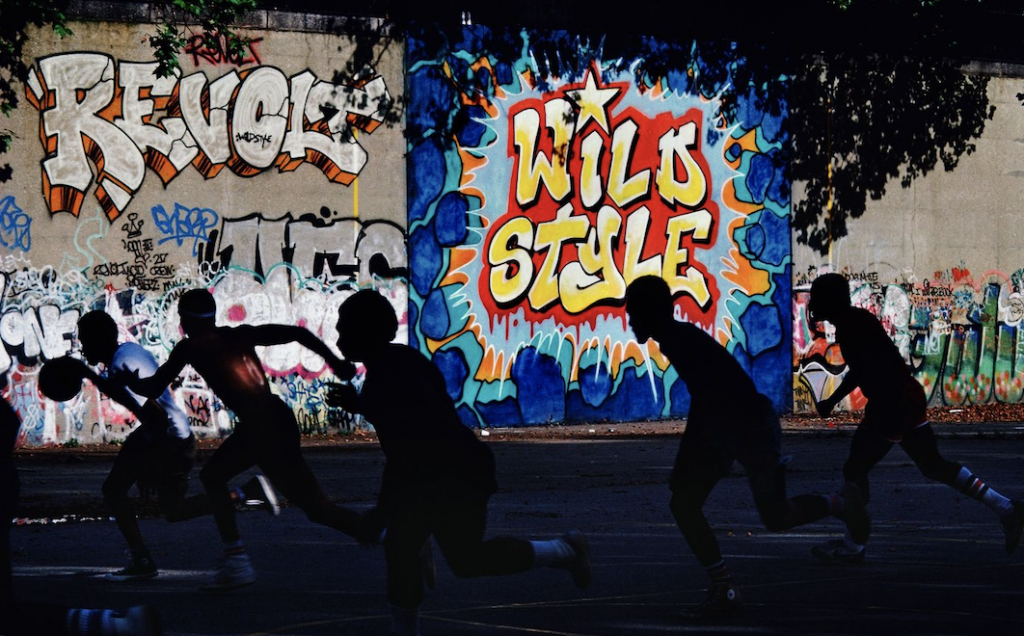
The ever-changing nature of street art means that each photograph is a unique record of a moment that will never be replicated. It immortalizes the impermanence, creating a visual dialogue between the past and the present. Through these visual narratives, we gain a deeper appreciation for the transitory beauty that graces our urban landscapes.
Creating a Global Archive and Advocacy and Cultural Preservation

One of the remarkable aspects of photography in preserving street art is its ability to create a global archive. In the digital age, photographs can be shared and disseminated across the world with the click of a button. Social media platforms, blogs, and dedicated websites serve as vast galleries where street art enthusiasts can collectively celebrate and preserve the diversity of urban creativity.
Photography preserves street art and allows it to transcend geographical boundaries, creating a shared cultural experience that goes beyond physical locations. What starts as a mural on a hidden alleyway in one city can find its way into the digital archives, inspiring and resonating with individuals continents away. This global reach ensures that even if the physical artwork is lost, its spirit lives on in the collective consciousness of a global audience.
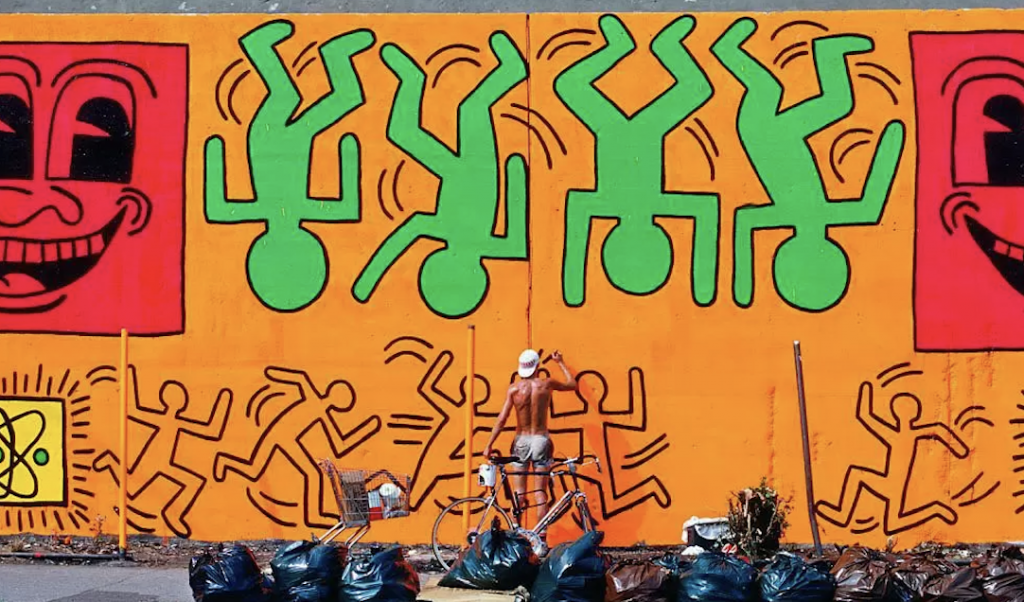
Beyond its role as a preservation tool, photography also serves as a powerful advocate for the importance of street art in our cultural landscape. Through captivating images, photographers can convey the cultural significance, social commentary, and artistic brilliance embedded in street art. These visuals become a rallying cry for the preservation of these unique expressions, urging communities to recognize and protect the art that graces their streets.
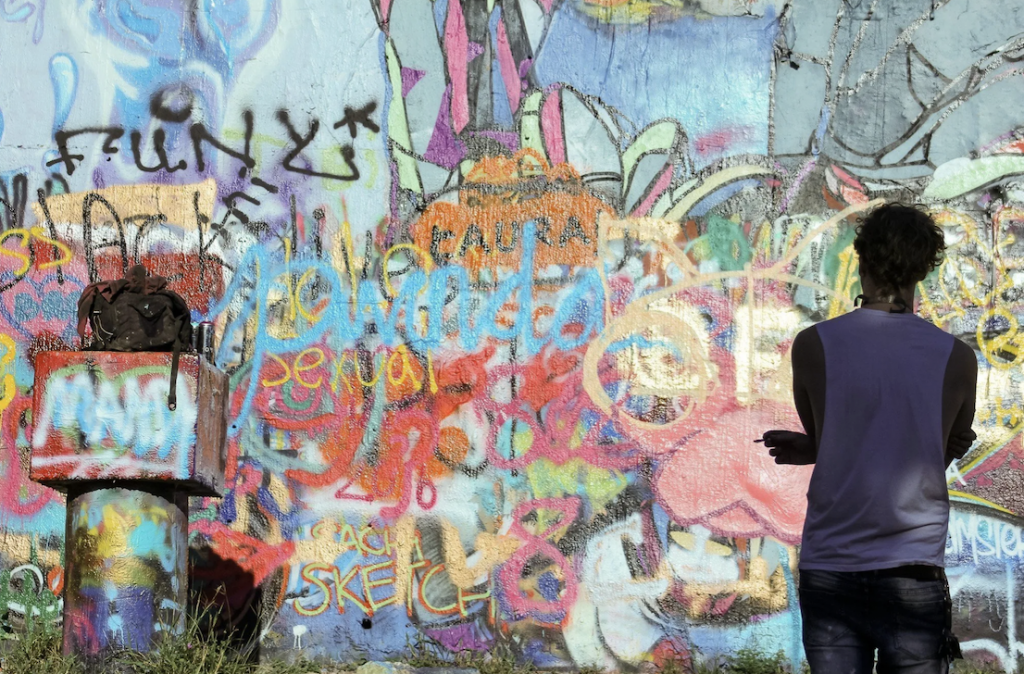
Photographers, by sharing their images, play a vital role in fostering an appreciation for street art as a legitimate and valuable form of cultural expression. This advocacy not only helps in the preservation of individual artworks but also contributes to a broader understanding and acceptance of street art as an integral part of urban culture.
In the dance between creation and decay, photography emerges as a timeless partner, preserving the ephemeral beauty of street art. Through the lens, we capture not just images but stories, emotions, and the very essence of the streets. Photography becomes a guardian, a documentarian, and an advocate for the vibrant and transient art that graces our urban landscapes. As we navigate the evolving tapestry of our cities, let us appreciate the role of photography in immortalising the soul of the streets, ensuring that the echoes of street art resonate for generations to come.

Check out top-rated local artists near you!
Are you an artist ? Sign Up












